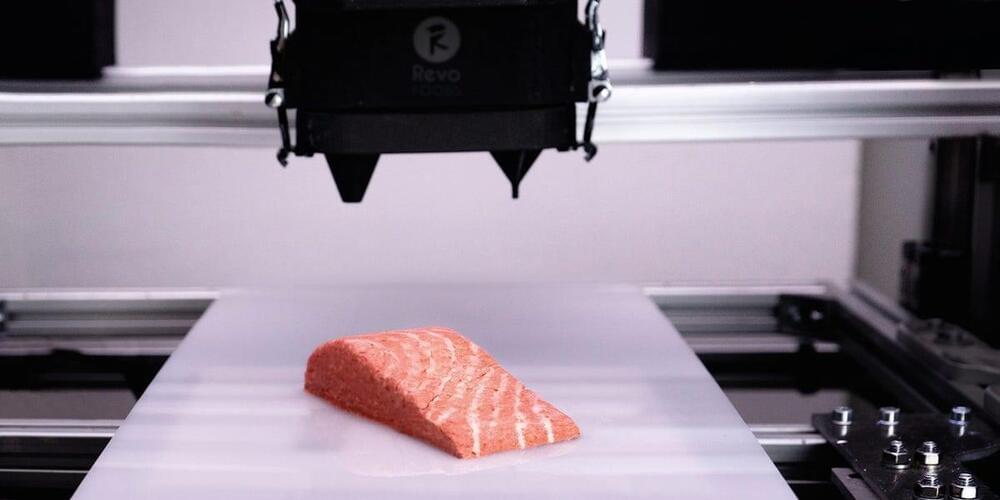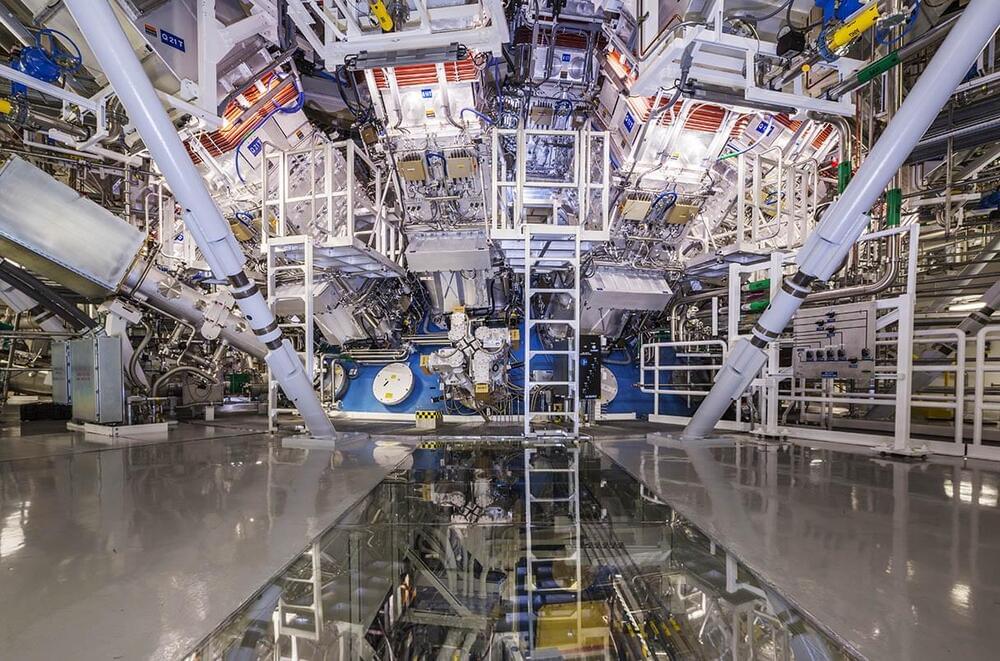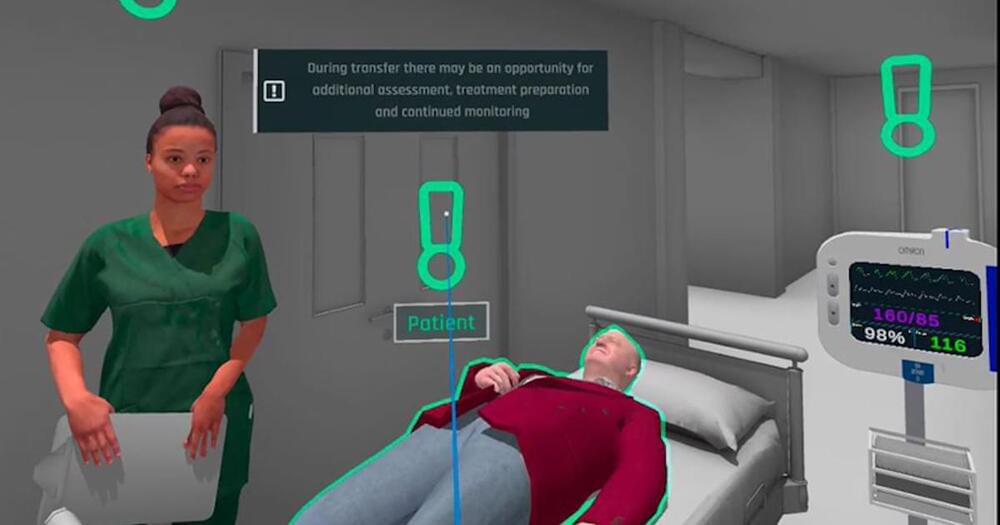MindsDB connects AI models to datasources. Contribute to/mindsdb development by creating an account on GitHub.


The Impact of chatGPT and other large language models on physics research and education (2023)
Event organizers: Kevin Burdge, Joshua Borrow, Mark Vogelsberger.
Session 3: “The use of large language models in teaching/administration”
Capstone talk: “LLMs for Physics, and Physics for LLMs“
Speaker: Dr Stephen Wolfram (Wolfram Research)



With millions of tons of human waste we could make mountains of graphene microchips :3.
A trio of researchers, two from the University of Chemistry and Technology, Praha 6, the other the University of Toronto, has demonstrated that chicken feces can be used to make graphene a better catalyst. In their paper published in the journal ACS Nano, Lu Wang, Zdenek Sofer and Martin Pumera argue that researchers churning out papers describing newly found dopants for graphene are not contributing to understanding graphene’s electrocatalytic abilities.
Graphene has been found to have conductivity and strength characteristics that make it a desirable material for use in commercial products. Some have suggested it might also make an excellent catalyst if the right dopant can be found. To that end, researchers have been testing various materials as dopants for graphene to find new ways to use graphene. In their paper, Pumera et al. argue that rather than simply testing materials one after another with graphene, researchers might make better use of their time by devising experiments designed to better understand the fundamentals of graphene’s electrocatalytic abilities. To drive their point home, they wondered if any “crap” they tested would work as a possible dopant—to find out, they tested chicken crap. They prepared samples of graphene oxide using two different methods, then combined each with chicken feces—they then used thermal exfoliation on the results to make graphene.

In a new video, Intel has demoed the video playback capability of its Meteor Lake iGPU and its Low-Power E-Cores.
Intel Meteor Lake iGPU Offers Smooth 8K60 Video Playback, 1080P Video Playback Also Possible On SOC Tile’s Low-Power E-Cores
The Intel Meteor Lake, 1st Gen Core Ultra, CPUs are composed of various IPs and architectures. The tiled architecture incorporates a range of technologies and Intel is showcasing the advantages that it brings with its next-gen CPU architectures. For this purpose, Intel demoed video playback on the Meteor Lake iGPU and its low-power E-Cores and the results are super interesting.


